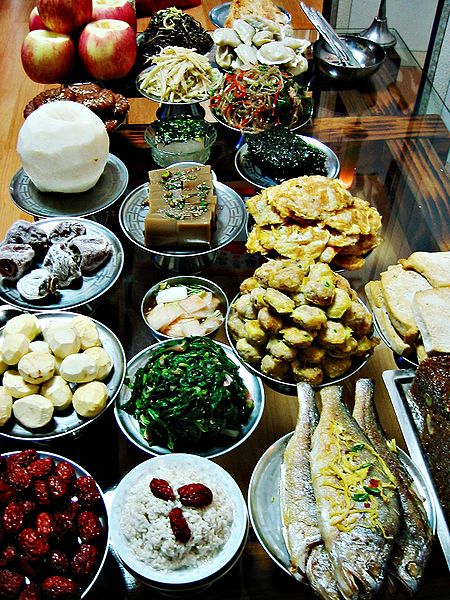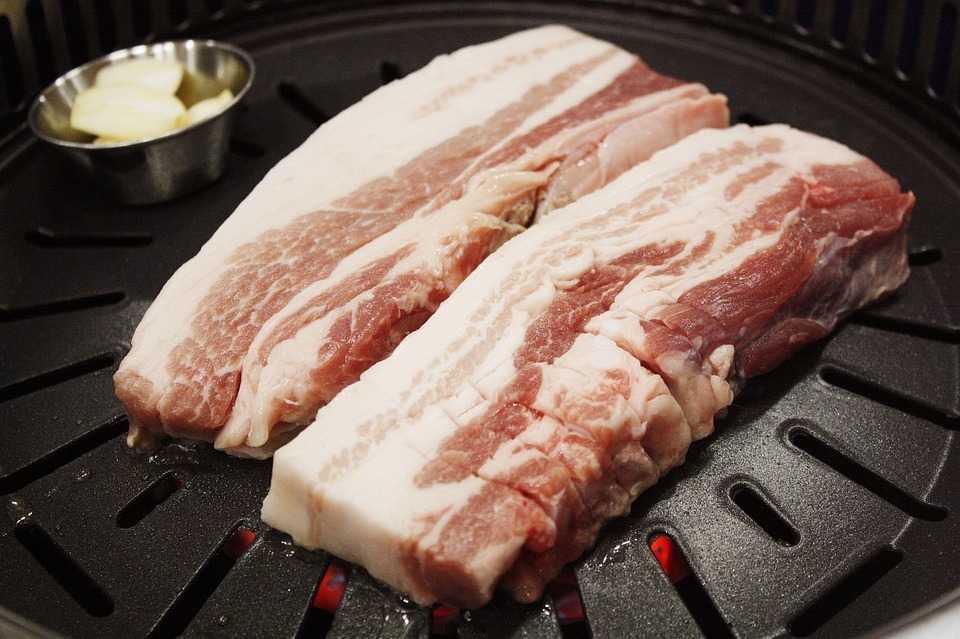Every cuisine around the world is developed by the history and culture of the countries where they came from. Besides inventing delicious dishes, some cuisines have even created norms in eating that have stood the test of time.
In the case of Korean cuisine, the people in Korea have formed an eating culture where you have to share food with others on the dining table. Sometimes, when you order a dish for yourself at a Korean restaurant, the plate or bowl that will be served to you is too big for one person, which means that the order is not only for you but for the others as well. While some countries may say that picking up food on a plate ordered by someone else is considered rude, Koreans may not regard it as impolite.
The act of sharing food in Korea has led to the creation of several unique styles of eating food, and one of them that is still implemented today is called banchan.
Banchan
Banchan is a name given to side dishes that are often served in small plates on a dining table. Along with the side dishes, banchan is typically served with a bowl of rice for each person, and several main dishes that are served in large portions meant for sharing.
There are different kinds of banchan served in a restaurant and at home, and they are determined by the number of side dishes on the table. The standard types are three cheop, five cheop, and seven cheop, which are served with three, five, and seven side dishes, respectively. There is also the twelve cheop with twelve side dishes that are seen in Korean royal cuisine, a sub-cuisine that was once only served to royalty and the elite during the Joseon dynasty.
The banchan is placed in the middle of the table, further emphasizing that it is supposed to be eaten by everyone. At the center of the side dishes is where the main dishes are located, and these dishes include bulgogi, samgyeopsal, or galbi.
Korean restaurants typically serve unlimited amounts of banchan in every table, but since side dishes are in small plates, you will have to call a waiter to refill a banchan.
The most common banchan is kimchi, which is a dish consisting of fermented vegetables. While many people may know kimchi as a spicy dish, there are other non-spicy variants that are served as banchan like the dongchimi, a type of non-spicy kimchi that looks like a soup.
Other regular banchan dishes include bokkeum (a stir-fried dish) and namul (a name for a variety of vegetables that are stir-fried, marinated, or steamed).
Korean Table Manners
Besides the traditional styles of eating Korean food, there also several rules that family members or people eating together should follow.
The first rule that you everyone should know is that one should not leave the table immediately after finishing his or her food and should wait for the others to finish eating. As such, it is common practice for Koreans to go to the restroom before eating so they won’t have to go there after the dishes are served at the table.
While eating dishes, people should not search a specific part that they like in the dish by poking on it and swiping off unwanted portions using chopsticks. Instead, they should pick a piece that is located at the top.
Another rule to keep in mind is that diners should wait for the person who is the oldest in the table to take a bite of the food first before the others could eat. Also, the oldest people in the group should sit at the chairs that are the farthest to the entrance.
Age is important in Korean culture, and Koreans often have different words that they use while speaking to someone younger or older. Older people would be spoken to by the younger people with respect, while the older ones typically use informal words while talking to anyone younger than them. Moreover, Koreans would usually get excited while speaking to someone of the same age, as this means that they don’t have to think about using formal words or accidentally talking informally.
As such, while at a dining table, the younger ones must wait for the eldest to use the chopsticks or spoon first as a sign of formality and respect. But if all of the people dining are the same age, then it doesn’t matter who goes first, but this situation happens rarely.
One more rule connected to age is that the younger one should not finish their food faster than their elders. Due to this rule, younger people often eat their food slowly.
After all the people at the dining table are finished eating, the oldest should be the one who will leave first before the youngest one.
Table etiquette is important to Korean families as it shows that the younger ones are still respecting their elders by being willing to perform Korean table manners. Even through modernization and western influence, Korean families are still embracing their traditional way of eating food, as most of them believe that it is a way not only to continue their tradition of respect but also to preserve a part of their rich culture.

